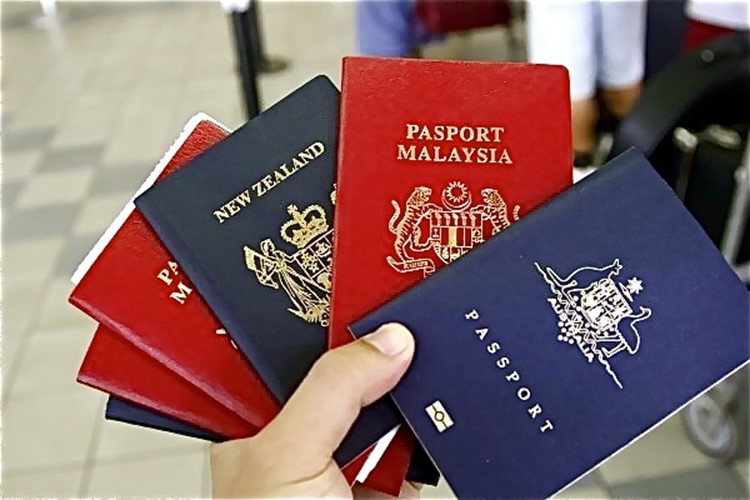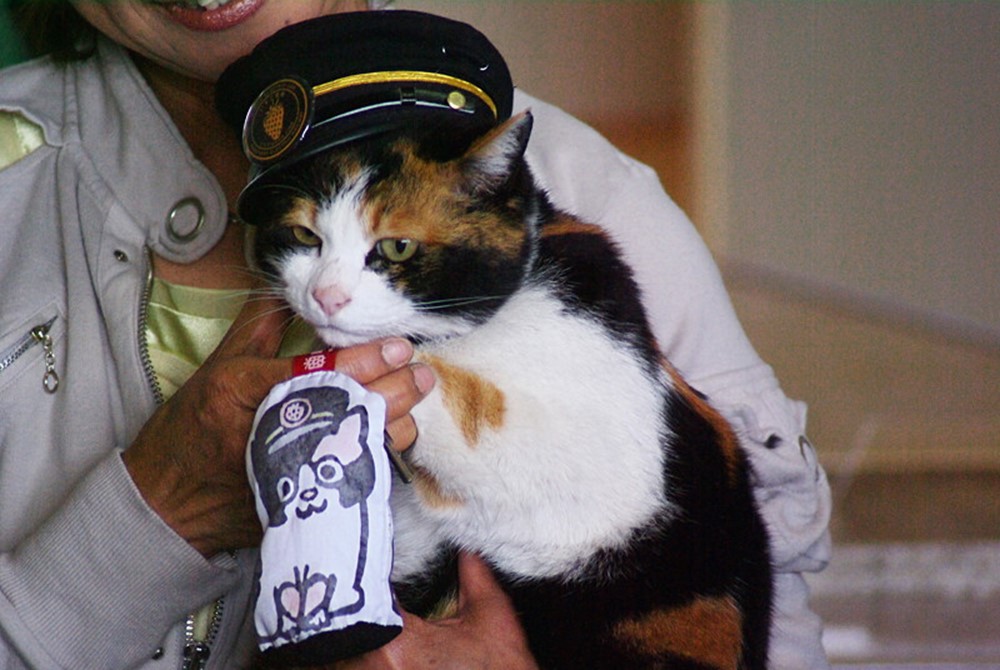Whatever Happened To Water Fountains?
July 20, 2015 in Daily Bulletin

You don’t see as many water fountains as you used to these days. Kendra Pierre-Louis looked into what happened:
- In the old days the poor would drink water bottled from sewage infested sources.
- Then in 1859 London installed the world’s first clean water fountain in a ceremony watched by thousands. The fountain was so popular that at the peak 7,000 people used it a day.
- In the next 20 years London installed 800 fountains and American cities soon followed.
- Bottled water soon lost favour as it was thought that only low-class places which couldn’t afford modern plumbing were forced to use it.
- Then in the 1990s companies saw an opportunity to expand sales of bottled water by creating doubts in people’s minds about the safety of tap water.
- The advertising campaigns were successful and soon people felt that tap water wasn’t safe – even though it has been shown to be about as safe as bottled water.
- Since people stopped trusting tap water they stopped trusting water fountains.
- A water fountain can cost up to $4,500 to install so cities could save on costs by cutting back on an amenity that was becoming increasingly unpopular anyway.
- This has health consequences. People, for example, resort to sugary drinks instead of water when there are no fountains around.
- And all the oil based plastic bottles aren’t that great for the environment.
Read about a possible renaissance for water fountains and more over here.
Source: The Washington Post









Join the Discussion! (No Signup Required)